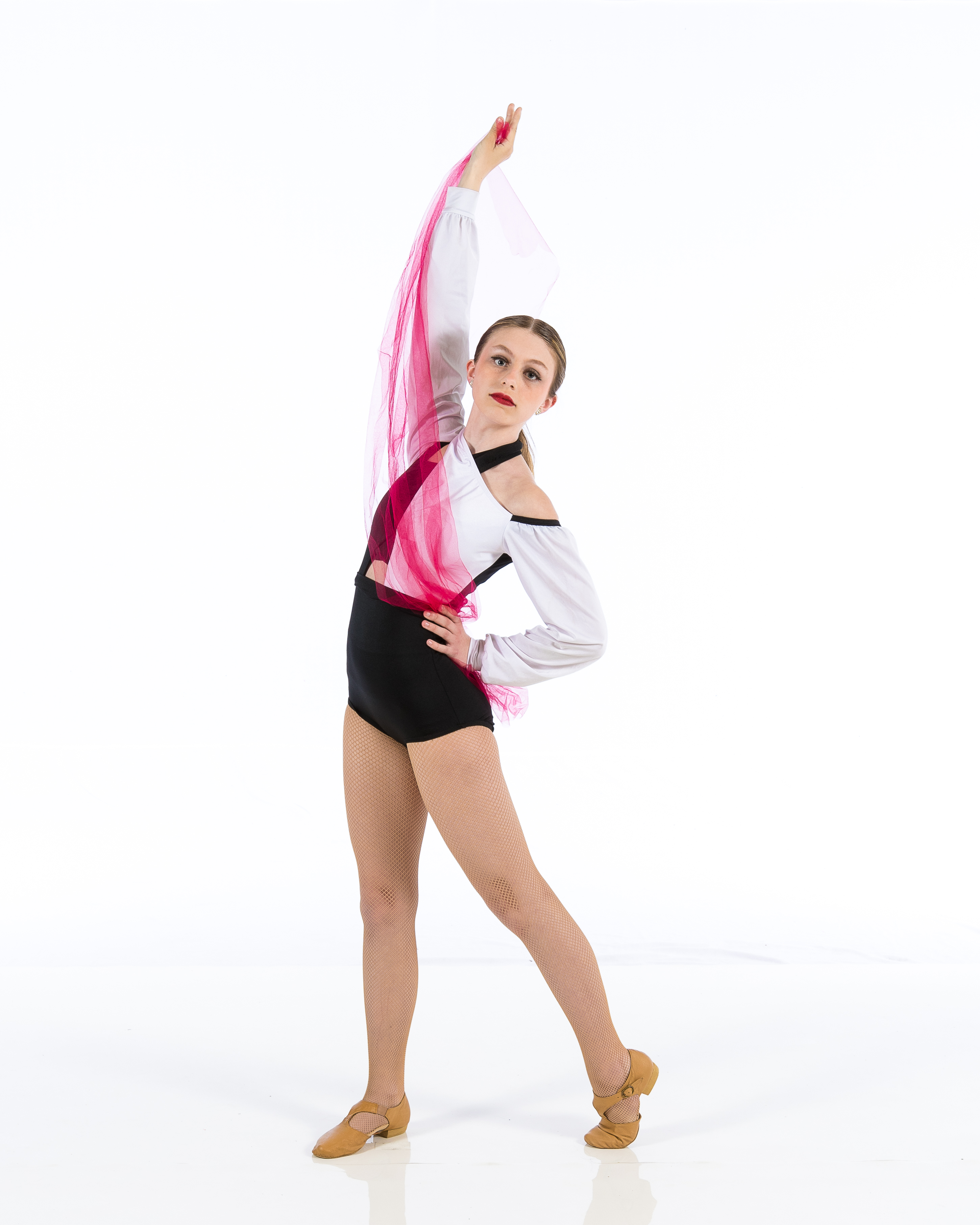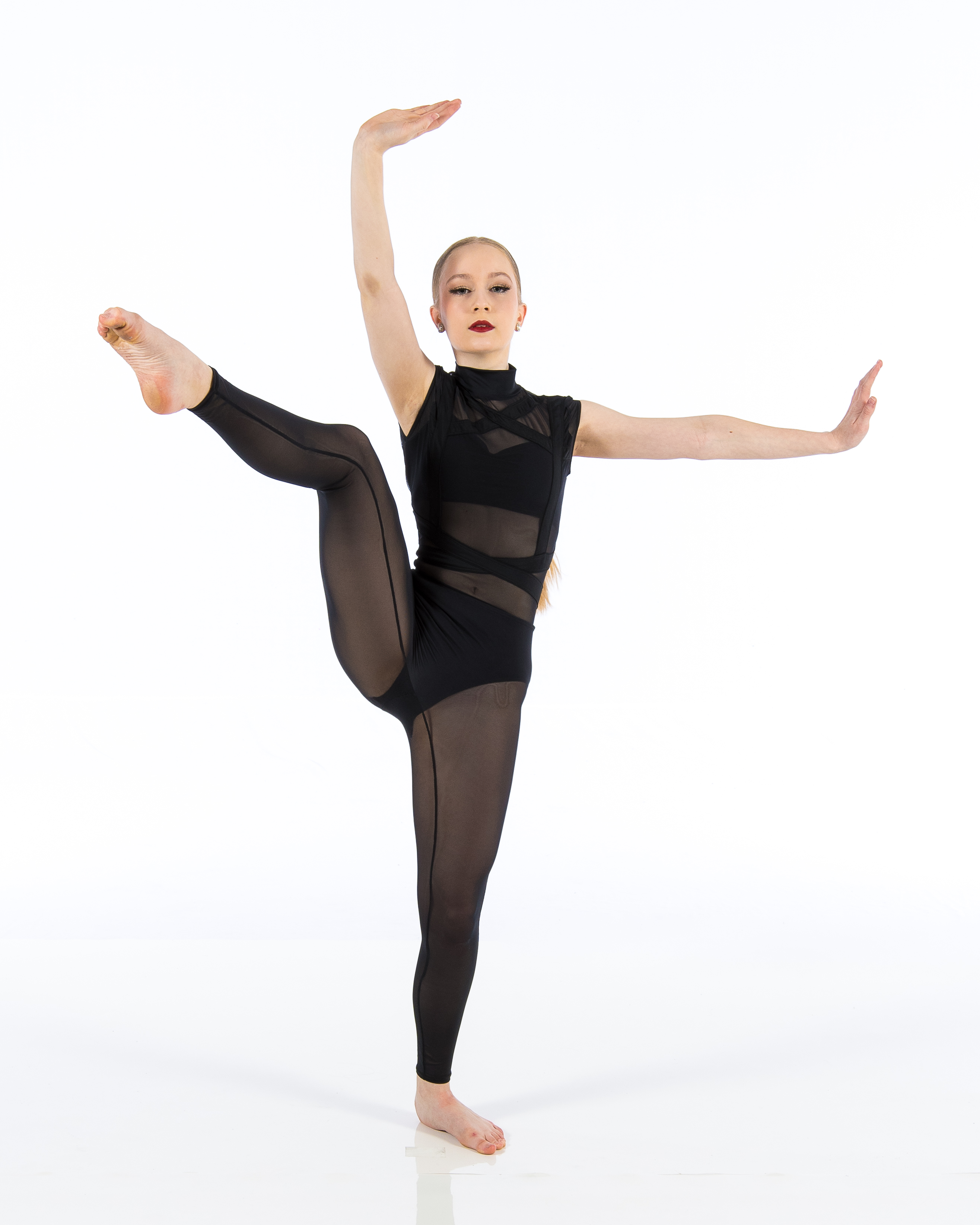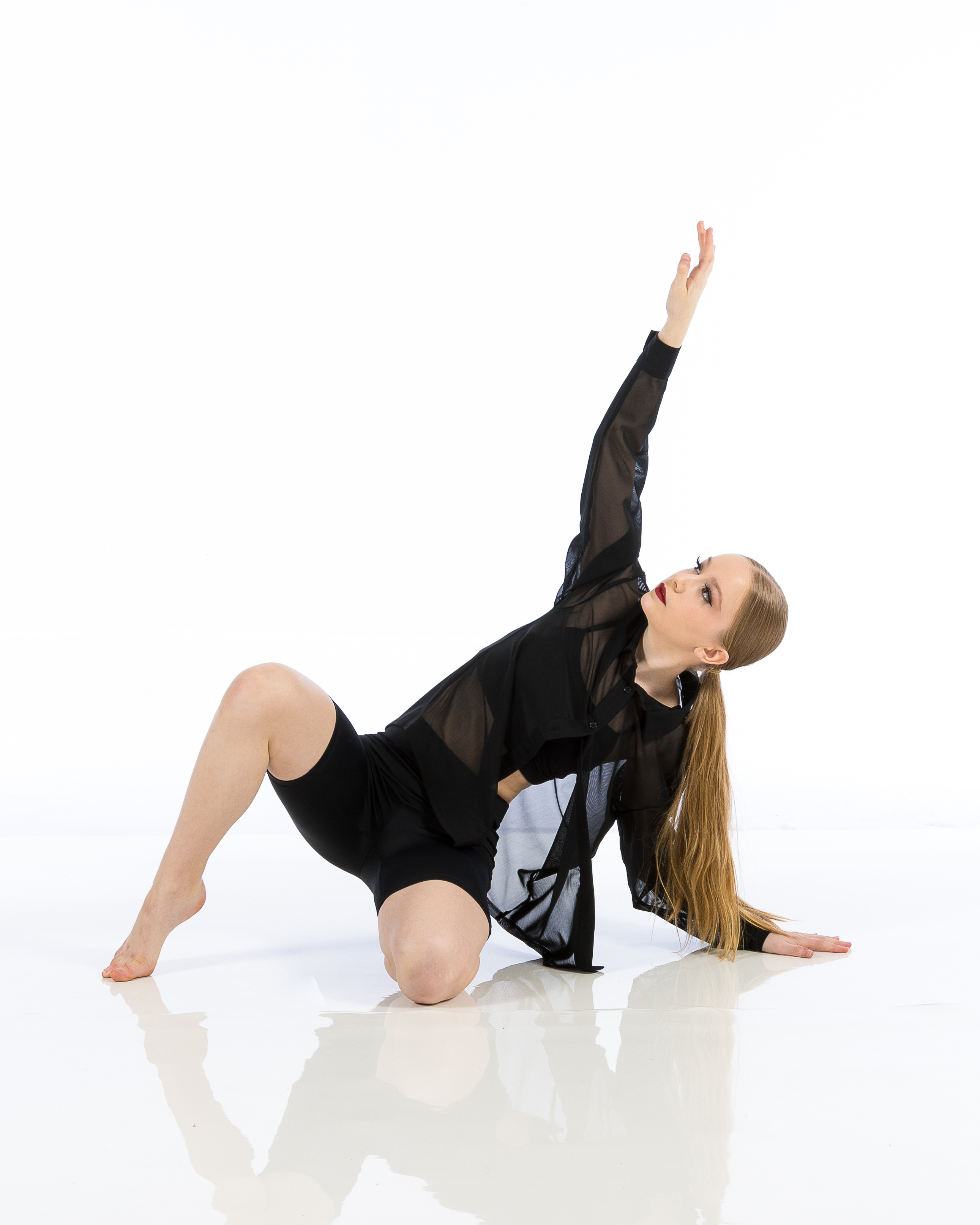Introduction
Walking into a dance studio can be an exhilarating yet nerve-wracking experience. Whether you’re a seasoned dancer or a beginner, everyone feels a little flutter of anticipation when they step into that vibrant space filled with mirrors, music, and potential. One of the best ways to ease those nerves and kick off the energy is through warm-ups and ice breakers—activities designed to get everyone engaged, focused, and ready for class. This article dives deep into the myriad of warm-up exercises and ice breaker activities waiting at the entrance of every dance studio.
Warm-Ups and Ice Breakers: Activities Awaiting You at the Studio’s Entrance
When you enter a dance studio, you're stepping into Dance information a world where movement meets expression. But before you can leap across that floor, it’s essential to prepare your body and connect with your fellow dancers. That’s where warm-ups and ice breakers come in! These activities are not just mere formalities; they are crucial components of any successful dance class. They serve as a bridge between everyday life and the artistry of dance.
The Importance of Warm-Ups in Dance Classes
Warm-ups lay the foundation for safe dancing. Engaging in dynamic stretches helps prevent injuries while enhancing flexibility.

Physical Benefits of Warm-Ups
- Increased Blood Flow: Raises heart rate, ensuring ample oxygen reaches your muscles. Enhanced Flexibility: Prepares joints for extensive movements. Injury Prevention: Gradually increases range of motion, reducing strain.
Mental Benefits of Warm-Ups
- Focus: Shifts your mindset from daily distractions to dance. Confidence Boost: Eases anxiety by familiarizing you with movements.
Types of Warm-Up Exercises
Let’s explore different categories of warm-up exercises that can be utilized in your dance studio.
Dynamic Stretches
Dynamic stretches involve controlled movements that improve flexibility while preparing your muscles for action.
- Examples include arm circles, leg swings, and torso twists.
Cardiovascular Activities
Elevate your heart rate with some light cardio.
- Jumping jacks or skipping rope can get the blood pumping.
Strength-building Movements
Building strength is vital for all dancers.
- Bodyweight exercises such as lunges or squats not only activate key muscle groups but also enhance coordination.
Ice Breakers: The Key to Connection
While warm-ups prepare our bodies, ice breakers set the tone for community within the dance class. These activities help break down barriers among participants, allowing them to feel more comfortable expressing themselves through movement.
Why Use Ice Breakers?
- They create a supportive atmosphere. They encourage interaction among students who may be strangers at first.
Popular Ice Breaker Activities for Dance Classes
Here are some engaging ice breaker activities perfect for any dance studio:
Name Game with Movement
Each dancer introduces themselves while incorporating a simple movement that represents their personality or interests.
Dance Circle Introductions
Participants dotyperformance.com stand in a circle; each person steps forward to share their name along with one fun fact about themselves while demonstrating a quick dance move.
Creating an Inviting Atmosphere
The ambiance of any dance studio plays an essential role in making students feel comfortable. Here are tips on how to create an inviting environment:
Lighting and Music
Utilizing soft lighting paired with upbeat music can uplift spirits even before class begins!

Encouraging Attitudes
Instructors should exemplify positivity; welcoming all levels fosters inclusivity.
How Warm-Ups Enhance Learning Experience
Warm-ups do more than just prepare bodies—they enhance learning experiences by establishing focus and camaraderie among dancers.
Facilitating Teamwork
Engaging in partnered warm-up exercises encourages collaboration which is vital during group routines later on.
Promoting Communication Skills
Ice breakers improve verbal skills as dancers practice articulating thoughts about movement preferences or challenges they face in learning choreography.
Tips for Effective Warm-Up Sessions
Here are some expert tips to ensure your warm-up sessions are effective:
Start Slow: Gradually increase intensity throughout the session. Make It Fun: Incorporate games or playful elements. Be Inclusive: Tailor activities accommodating various skill levels within your group.Sample Warm-Up Routine
A well-rounded routine often includes elements from both categories discussed above. Here’s an example:
Begin with light cardio (5 minutes) Follow up with dynamic stretching (10 minutes) Finish off with partner strength-building exercises (15 minutes)This combined approach ensures everyone is physically prepared while fostering connections amongst participants!
FAQs
1. Why are warm-ups essential before dancing?
Warm-ups prepare your body physically and mentally, reducing injury risk while improving flexibility and focus needed during dance classes.
2. Can ice breakers really help shy dancers?
Absolutely! Ice breakers promote openness among participants, easing tension particularly for those who may feel shy or anxious about dancing in front of others.
3. What should I wear during warm-ups?
Comfortable athletic wear is ideal—a blend of stretchiness allows freedom of movement without restriction!
4. How long should warm-ups typically last?
Aim for around 20 minutes; this duration strikes a balance between preparing bodies effectively without exhausting them before actual dancing begins!
5. Are there specific types of music recommended for warm-ups?
Energetic instrumental tracks work great! They help maintain focus without distracting lyrics taking attention away from movements being performed!
6. Can I lead my own warm-up routines as an advanced dancer?
Definitely! Advanced dancers often benefit from customizing their routines based on personal needs—just remember to incorporate elements that engage all skill levels present!

Conclusion
Taking part in structured warm-ups and engaging ice breakers truly enhances the overall experience at any dance studio. These foundational practices not only prime our bodies but also establish connections that transform strangers into teammates ready to share their passion for dance together! So next time you step through those doors into the exciting world awaiting inside, remember that these activities serve as more than just preliminaries—they're gateways opening up possibilities brimming ahead!